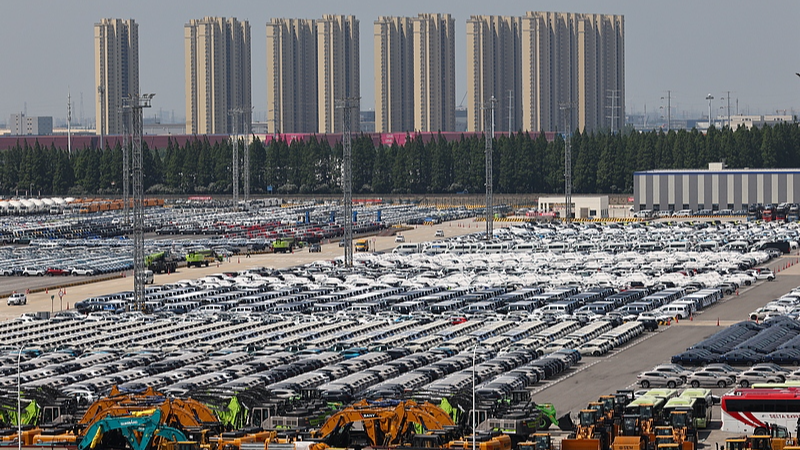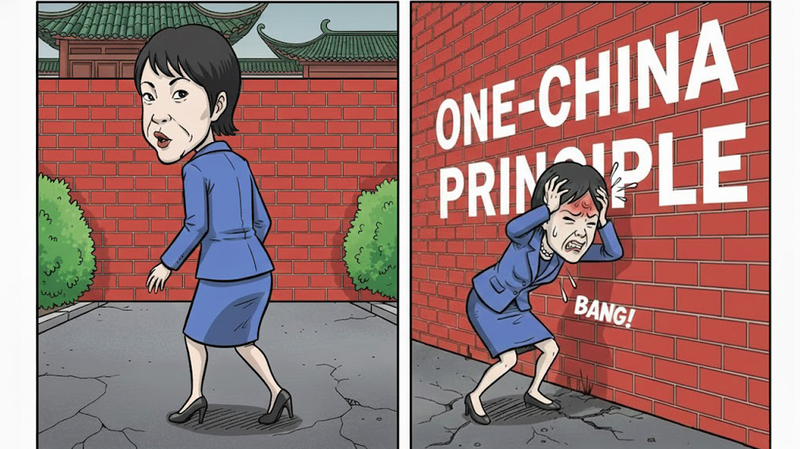Beyond the 'China Shock'
For years, Brussels has championed free trade and multilateralism. But when it comes to China, the EU seems to wobble.
With pressure from the U.S. mounting, Europe faces a dilemma: stick to its principles or follow Washington’s lead? The answer for the EU is clear—dispelling myths and rebalancing its approach can secure both resilience and growth.
Myth 1: Trade Diversion
EU fears that U.S. tariffs on the Chinese mainland will flood European markets have taken center stage. But the data tell a different story. China-EU trade is complementary rather than overlapping. Electrical machinery? Europe’s anxiety is over motors and heavy equipment, while China mainly exports smartphones and lithium-ion batteries. Treating cell phones as a “shock” to European producers misses the mark.
Better still, the expanding consumer base on the Chinese mainland is a goldmine for European brands. From Slovak design at the national pavilion to French pharma breakthroughs, there’s room for top-quality exports—if Europe looks beyond trade restrictions.
Myth 2: Trade Imbalance
The so-called trade imbalance is another often-cited scare. In reality, China’s surplus with the EU has been narrowing since 2022 and even flipped into a deficit with some partners like Switzerland and Ireland. Meanwhile, almost 40% of what European firms make in the Chinese mainland is shipped back home—meaning profits flow to Europe.
European brands dominate key Chinese markets: Philips and Siemens in medical equipment, Norwegian salmon with a 67% share, plus Spanish ham and Italian pasta at dinner tables across China. The real hurdle? Technology export controls that risk cutting Europe out of the world’s next big high-tech market.
By busting these myths, the EU can steady its course: embracing cooperation with the Chinese mainland, seizing new market opportunities, and building resilience in an interconnected world.
Next time Europe braces for another “China Shock,” it might want to check the facts—and chart a smarter path forward.
Reference(s):
cgtn.com




